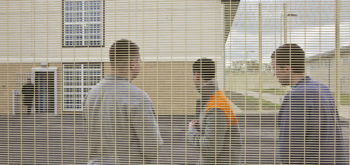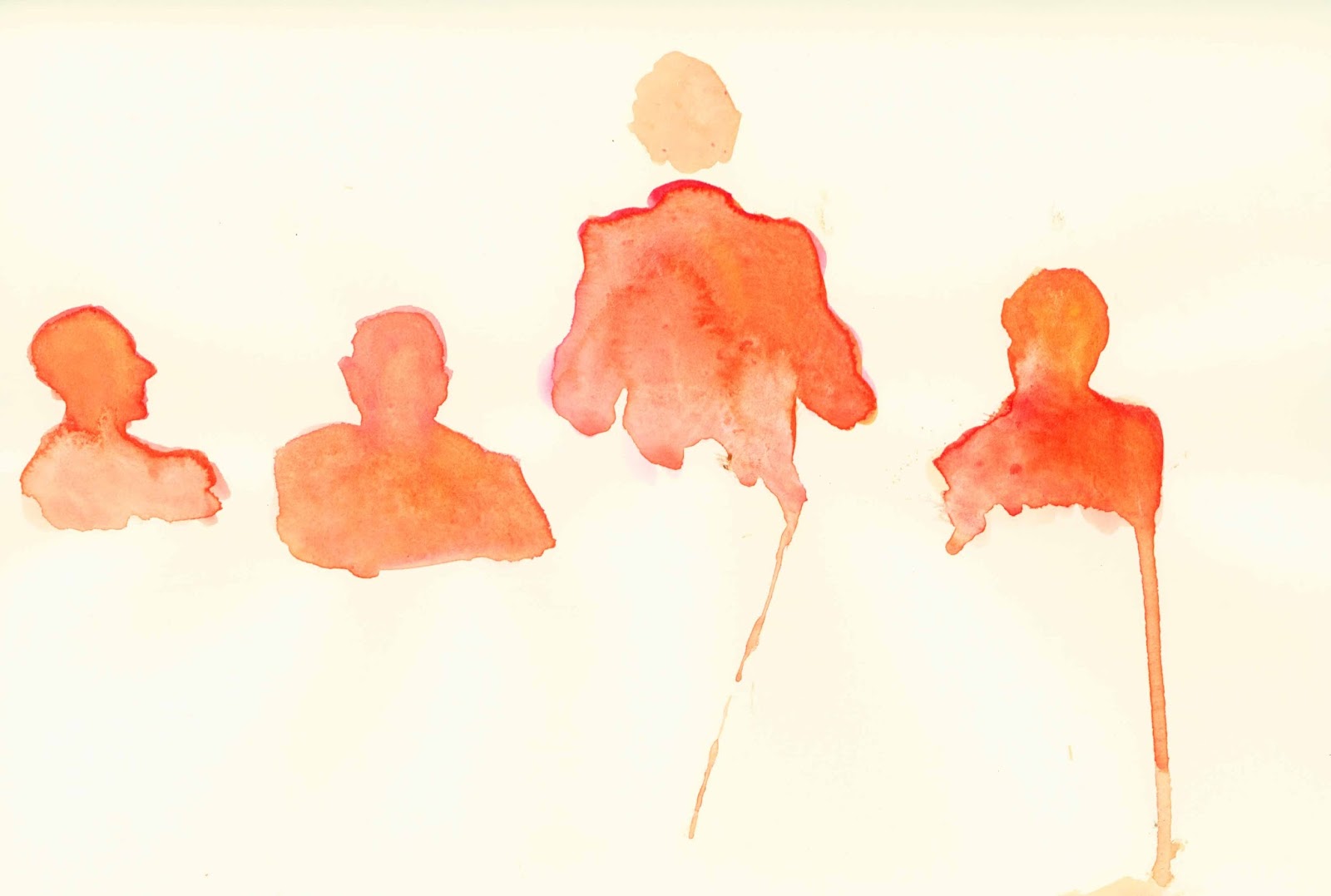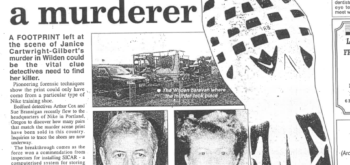[contextly_auto_sidebar id=”5wimevb8f7LAnNQ5EjJCdBHlobIlZH9K”] [contextly_auto_sidebar id=”mHyxEVRMnCOZ4J8Y4B6GfdpwhAqtEyWE”]  My job involves data analysis, but I’m not a statistician.
My job involves data analysis, but I’m not a statistician.
I understand the difference between an epidural and subdural hematoma, but I’m not a doctor.
I pour over criminal court records, read trial transcripts and interview convicted murderers in prison, but I’m not a lawyer.
I’m a reporter for The Medill Justice Project, an investigative journalism enterprise at Northwestern University outside of Chicago in the United States that examines potentially wrongful convictions and probes systemic criminal justice issues.
I joined the organization as a graduate student in 2013 and investigated the case of Chad Enderle, 41, who is serving a life sentence for the murder of an Iowa man found beaten to death in 2003. Attorneys agreed Enderle’s case hinged on a partial fingerprint found at the scene of the crime.
At trial, authorities highlighted seven identifying characteristics they said linked the print to Enderle’s right ring finger. But according to experts interviewed by The Medill Justice Project, seven points is usually not enough to link someone to a crime.
The Medill Justice Project published its findings, calling into question fingerprint analysis and how it led to Enderle’s conviction.
After I graduated, The Medill Justice Project hired me to take on its research of shaken-baby syndrome, a largely overlooked and misunderstood criminal justice issue in which caregivers are accused of violently shaking an infant.
We’ve worked tirelessly to create and share a database of more than 3,000 shaken-baby syndrome cases in the United States. By analyzing the data, we can recognize trends and help the public better understand the issues surrounding shaken-baby syndrome.
So far, the data revealed men are three times more likely than women to be accused of shaking an infant and where higher rates of shaken-baby syndrome cases are occurring in the United States. As journalists, we have the natural curiosity to dig deeper when no one else will.
Our investigations can impact lives, and as a reporter for The Medill Justice Project, I’ve seen that impact first hand. In 2013, The Medill Justice Project published its findings in the case of Jennifer Del Prete, a day care worker convicted of murder in 2005. Through public record requests, the investigation uncovered a decade-old letter written by a police detective that points to her innocence.
After The Medill Justice Project published the letter as part of its findings, the prisoner’s attorney made a motion in court to include the letter as evidence which prompted a judge to reopen an innocence hearing. Earlier this year, I watched Del Prete walk out of prison after a judge freed her on bond, in part because of The Medill Justice Project’s work in pursuit of the truth.
In an effort to connect other reporters who examine miscarriages of justice, The Medill Justice Project created the Journalism Justice Network, an international coalition of investigative journalism enterprises focused on uncovering wrongdoing in the criminal justice system. The network is represented in the UK by the Winchester Innocence Project based in the Crime and Justice Research Centre at Winchester University. If you’re interested in becoming a member, please check out the Journalism Justice Network’s website for more information.





